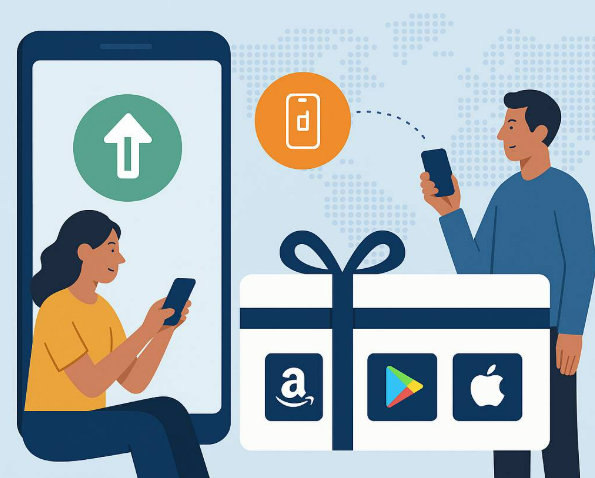
In an increasingly interconnected world, international mobile top-up has become more than just a way to recharge a phone—it’s a lifeline, a financial bridge, and a symbol of digital inclusion. As we look toward the future, the dynamics of cross-border mobile recharges from developed to developing countries are poised for transformation, driven by technology, shifting migration patterns, and financial innovation.
1. From Utility to Ecosystem
Historically, international top-up has served a single purpose: enabling families to send airtime or data to loved ones back home. This was especially common among diasporas from Latin America, Africa, and Southeast Asia. However, we’re now witnessing a shift from a basic utility to a full-fledged ecosystem of services.
Future top-up platforms are expanding into multi-service marketplaces, offering not only mobile recharges but also bill payments, gift cards, micro-insurance, and local services. For users in developed countries, this means a simplified way to support relatives abroad. For recipients in developing countries, it opens access to services that were previously out of reach.
2. Hyper-Personalization and AI Integration
AI and machine learning are revolutionizing how international top-ups are recommended, scheduled, and delivered. Platforms will become smarter, predicting when users are likely to send recharges based on past behavior, local holidays, or even network promotions.
In addition, AI will help tailor offers depending on the recipient’s country, carrier, and usage habits. This level of personalization will not only improve user experience but also reduce the cost and friction of sending support across borders.
3. Digital Wallets and Crypto-Driven Solutions
Digital wallets are replacing traditional methods of top-up, especially in regions with limited banking infrastructure. Companies in developed countries are integrating with local wallets in Africa (like M-Pesa), Latin America (like DaviPlata or Tigo Money), and Southeast Asia.
Moreover, crypto-based solutions may play a growing role, particularly for cross-border microtransactions. Blockchain can help reduce fees and delays associated with traditional remittance or recharge services, making it easier to send value instantly and securely.
4. Social Impact and Financial Inclusion
International top-up has evolved into a tool for financial inclusion. In many countries, mobile credit is used not just for calls or data, but for essential services—education, health, and even loan repayments. As access to smartphones increases, so does the potential to use top-ups as a way to integrate underserved populations into the digital economy.
The future will see a stronger collaboration between fintech companies, NGOs, and local governments to leverage top-up infrastructure for social programs, emergency aid, and basic income distribution.
5. Regulatory Evolution and Transparency
As this market grows, so will scrutiny. Regulatory bodies in both sender and receiver countries are working to improve transparency, combat fraud, and ensure customer protection. Future players in this space will need to adhere to stricter standards in terms of KYC (Know Your Customer), AML (Anti-Money Laundering), and data privacy, especially with increasing use of AI.
Conclusion
The international mobile top-up industry is entering a new era. What began as a simple act of sending airtime is becoming a complex web of digital services, social connectivity, and financial empowerment. Developed countries will continue to play a key role as the origin of value transfer—but the innovation, impact, and transformation will increasingly be felt in the developing world.
As barriers fall and technologies evolve, international top-up will be less about recharging phones—and more about recharging lives.


